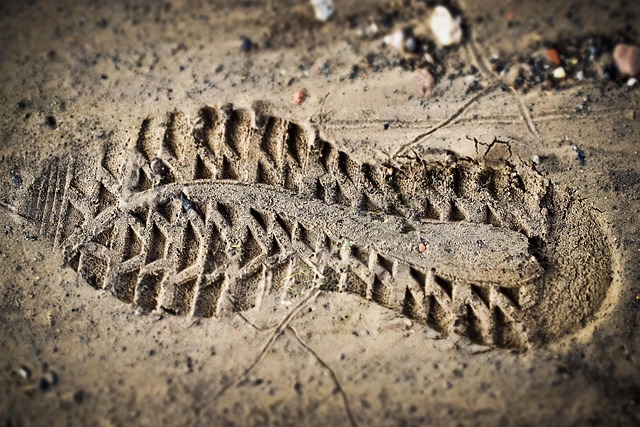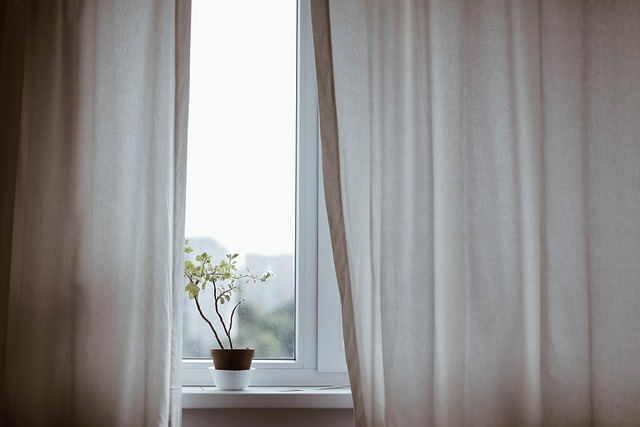In the heart of every garden lies a deep connection to nature, a feeling that transcends the mere act of planting and nurturing blooms. This connection is increasingly vital in a world grappling with environmental concerns. The call for sustainable green services is louder than ever, as more and more gardeners seek to align their passion for floriculture with eco-friendly practices.
Imagine stepping into a garden where vibrant flowers flourish without the harsh impacts of chemicals and unsustainable practices. By embracing sustainable green services, we can create environments that not only promote the health of our beloved blooms but also support the broader ecosystem. From the very soil beneath our feet to the air all around us, every element contributes to the health of the planet and ourselves.
Sustainable gardening begins with choosing native plants that thrive in local climates, requiring less water and fewer resources. These plants not only support local wildlife, including pollinators like bees and butterflies, but also significantly reduce the need for synthetic fertilizers and pesticides. By selecting plants that are naturally adapted to our environment, we harness nature’s own resilience, enriching our gardens while simultaneously caring for the earth.
Furthermore, incorporating organic compost into our gardening practices is a crucial aspect of sustainable green services. Compost is a powerhouse of nutrients that enhances soil health, improves water retention, and fosters a thriving microbial community. By recycling kitchen scraps and yard waste, we can minimize landfill contributions and promote a healthier ecosystem. This practice not only feeds our plants but also teaches us about the beauty of recycling and the cycle of life in nature.
Water conservation is another essential pillar of sustainable green services. Rain barrels and drip irrigation systems allow us to collect and conserve water efficiently. These methods ensure that our gardens remain lush and vibrant while reducing the strain on local water supplies. Embracing xeriscaping, or designing landscapes that require minimal irrigation, also plays a pivotal role, allowing gardens to thrive even in drought conditions.
Additionally, adopting integrated pest management (IPM) strategies can empower gardeners to manage pests in a way that is safe for the environment. By monitoring pest populations and understanding the ecosystem’s balance, we can employ natural predators or eco-friendly solutions instead of harmful chemicals. This promotes a harmonious relationship between our gardens and the surrounding wildlife, ensuring that every bloom flourishes in a balanced environment.
Choosing eco-friendly materials for gardening projects, such as recyclable planters or sustainably sourced mulch, also supports the movement towards better environmental practices. With every shovel of soil turned and each seed sown, we can make mindful decisions that reflect our commitment to preserving nature and reducing our carbon footprint.
Embracing sustainable green services in flower gardening is not only a responsible choice but also a fulfilling journey. It invites us to be more in tune with our surroundings, fostering a profound appreciation for the natural world. As we cultivate our gardens, let’s remember that each flower that blossoms represents not just beauty but also our collective commitment to a healthier planet. Together, we can nurture our love for gardening while being gentle stewards of the earth, allowing both our gardens and the environment to thrive in harmony.




